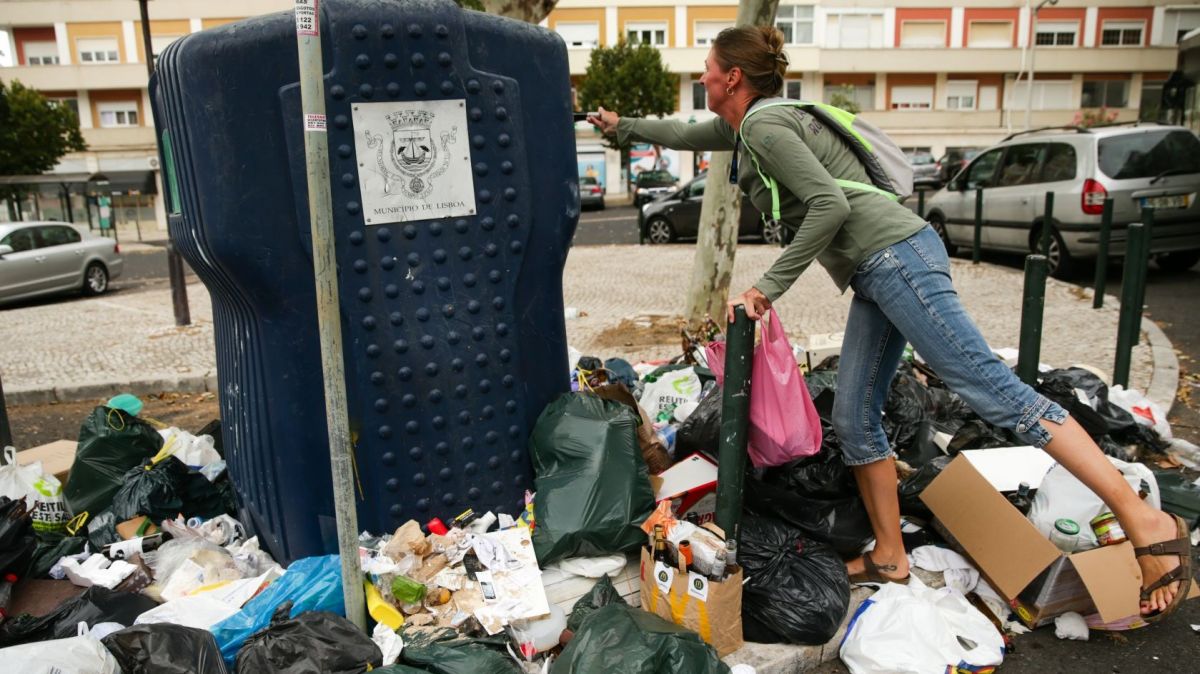The data appears in the report and portal of the National Wolf Census, coordinated by the Institute for Nature Conservation and Forests (ICNF).
Between censuses, the estimated packs decreased from 63 (2002/2003) to the current 58, with the presence of 56 confirmed and the presence of two considered probable.
Although it is difficult to specify the number in each pack, the study estimates that the “wolf population in Portugal is around 300 animals”, which approximately corresponds to the average value of the estimate of 190 to 390 wolves, a range that represents the oscillation of the number of animals throughout the year, namely between the end of winter, before births, and autumn, at the end of the breeding season.
The majority of the packs are north of the Douro River, distributed in three population centers (Peneda/Gerês, Alvão/Padrela and Bragança), with only five to six packs in the South Douro nucleus.
The results also point to a reduction of around 20% in the wolf presence area in Portugal in the last two decades, namely in the Trás-os-Montes region and south of the Douro.
According to the report, in Peneda/Gerês there was an increase in packs, from 16 to 24, with a decrease being observed in the remaining three groups, mainly in Alvão/Padrela, where the estimated number of packs suffered a reduction of more than 50%.
The report states that the detection of new packs in Peneda/Gerês may be related to “the greater sampling effort applied” in the work or “the increase in food availability associated with the increase in the number of cattle grazing freely, in some areas”.
Among the main factors that will be compromising the conservation of the wolf are “mortality due to human causes” (run over, snaring, shooting, poisoning), predator attacks on livestock (cattle, sheep or goats) which leads to less tolerance to their presence, low availability of wild prey or the installation of communication and energy production infrastructure.
The presence of the wolf suffered a marked reduction in Portugal, between the end of the 19th and beginning of the 20th centuries, similar to what occurred in the rest of Europe, having, at a national level, the status of an “endangered” threat since 1990.
The first national census targeting the wolf took place in 2002/2003 and, around 20 years later, we wanted to update knowledge about the species: its area of presence, existing packs and breeding sites.
The objective is to contribute to “ensuring the necessary compatibility of human activities with the presence of the species, contributing to achieving a favourable state of wolf conservation”.
Coordinated by ICNF, the fieldwork was carried out by entities such as the universities of Aveiro and Trás-os-Montes and Alto Douro, Grupo Lobo, Palombar, A.RE.NA. Asesores en Recursos Naturales and ARCA People and Nature, using methods such as prospecting for evidence (waste), camera and acoustic trapping or data made available by the 16 monitoring projects underway during the study.
The results obtained in the current census reveal that the objectives established 20 years ago to improve the conservation status of the wolf in Portugal were not achieved.
















